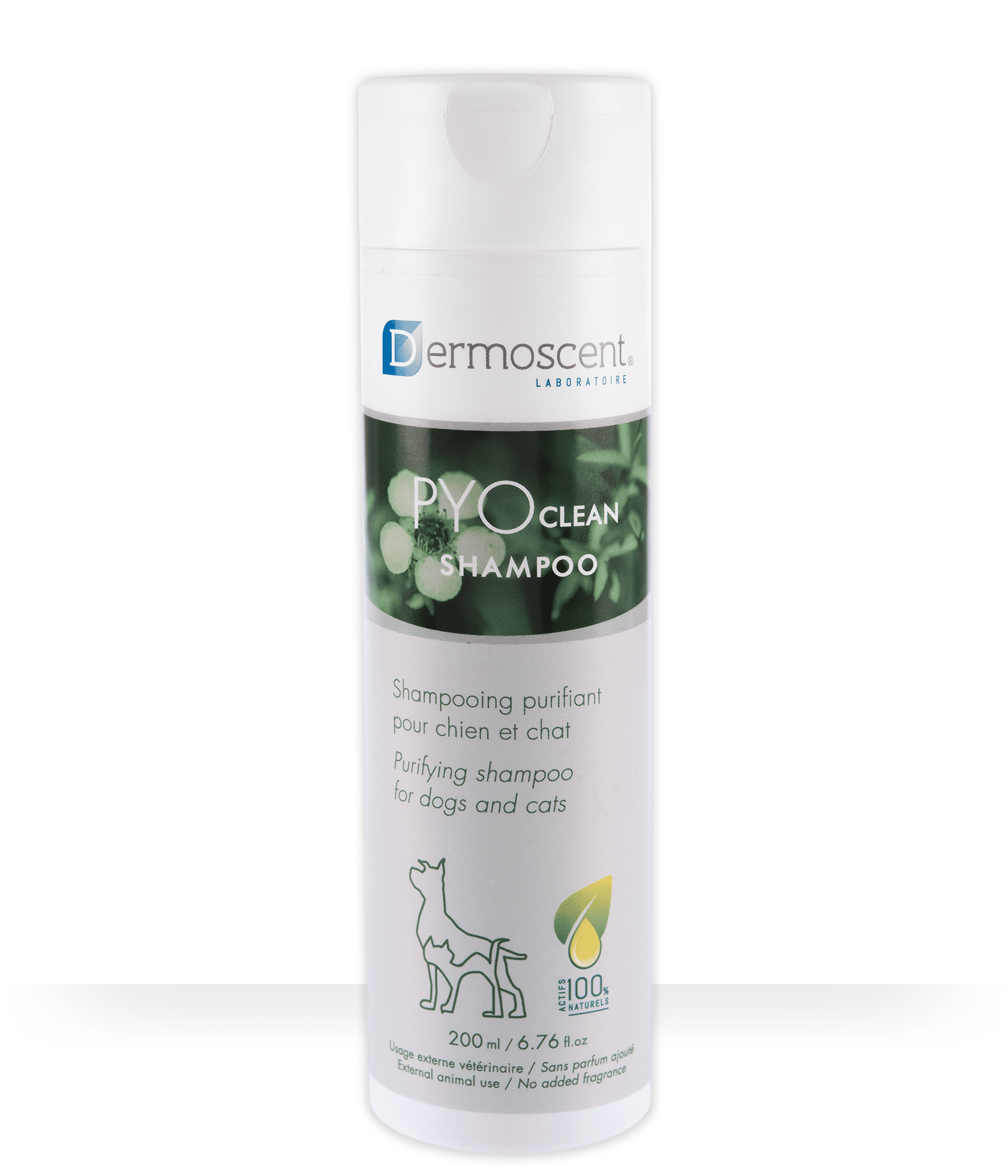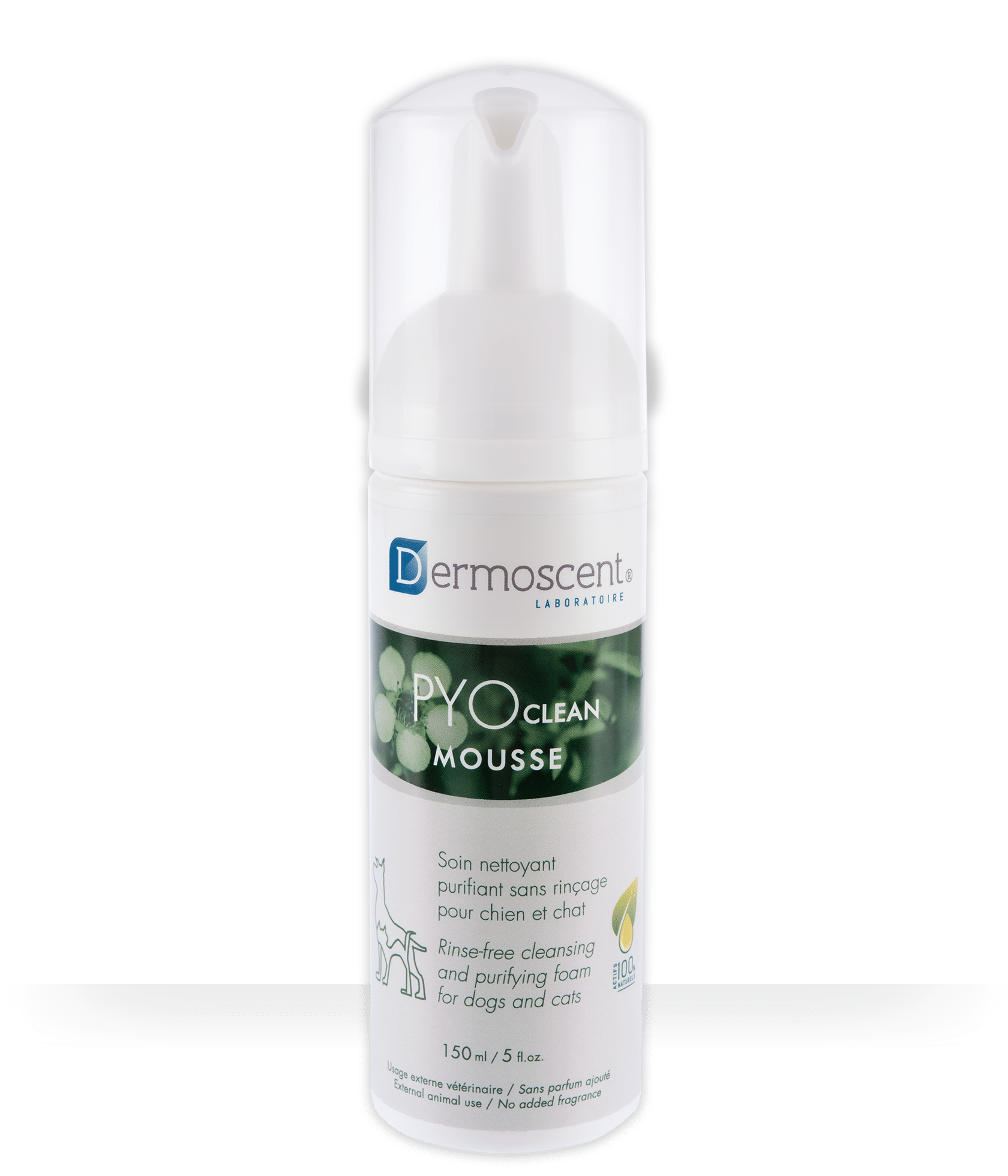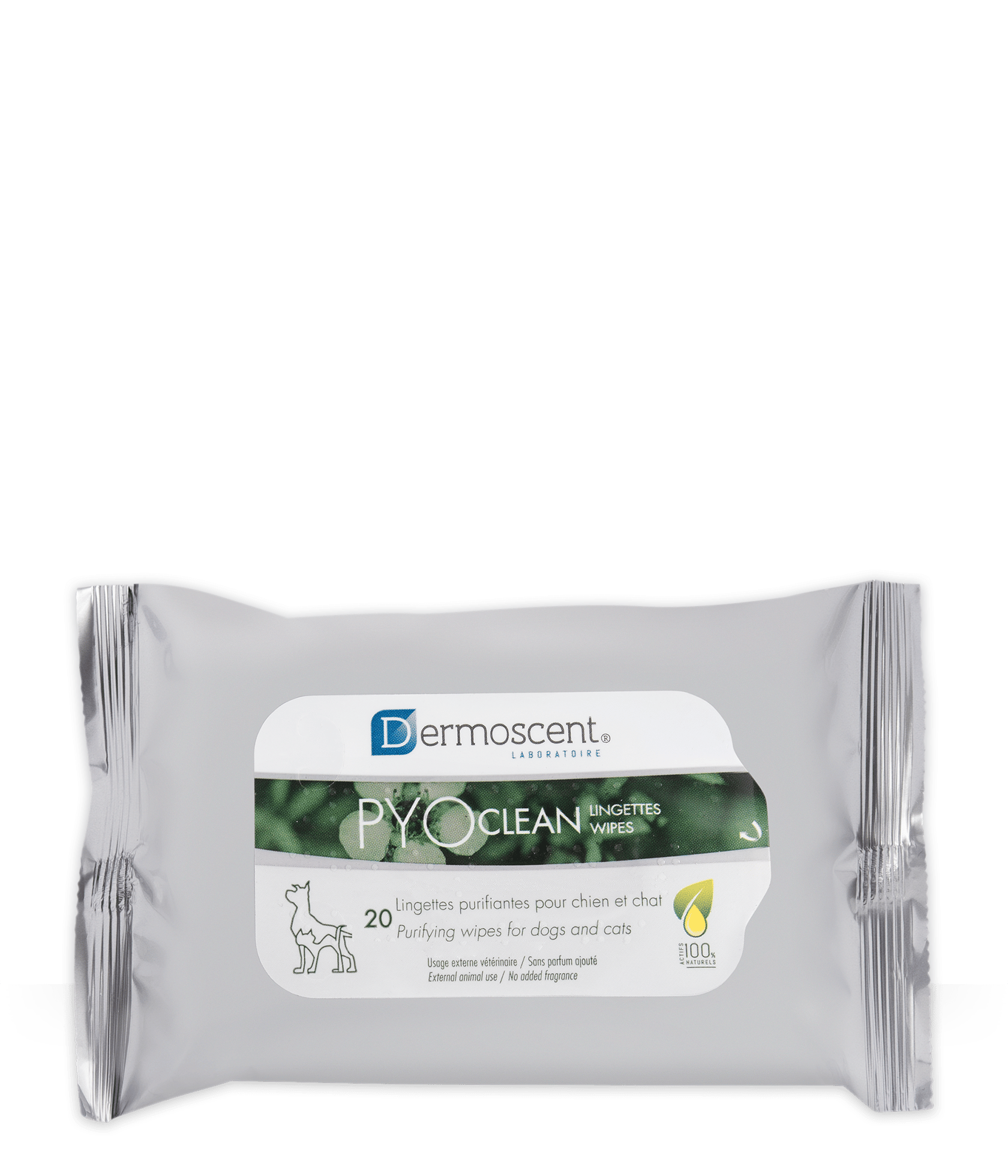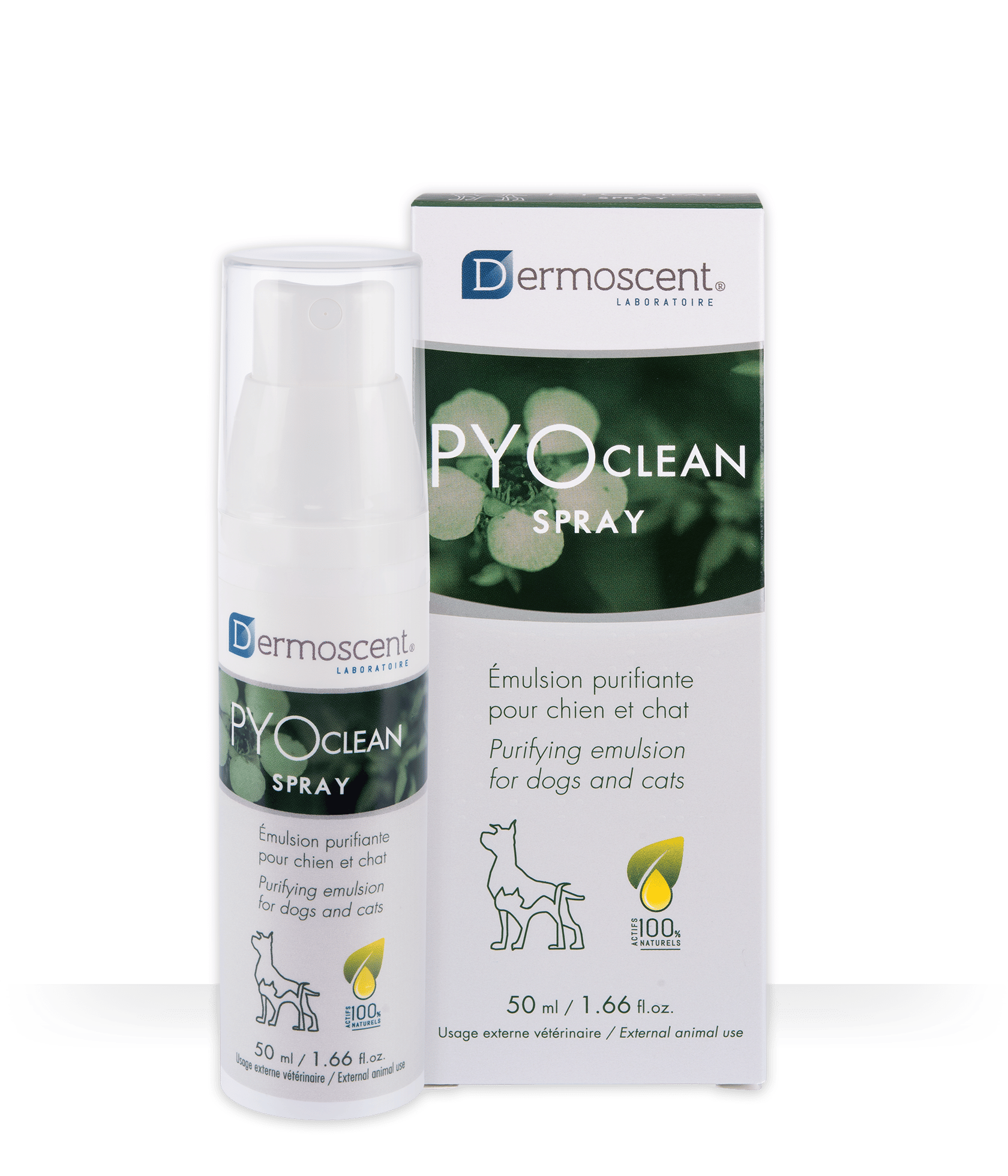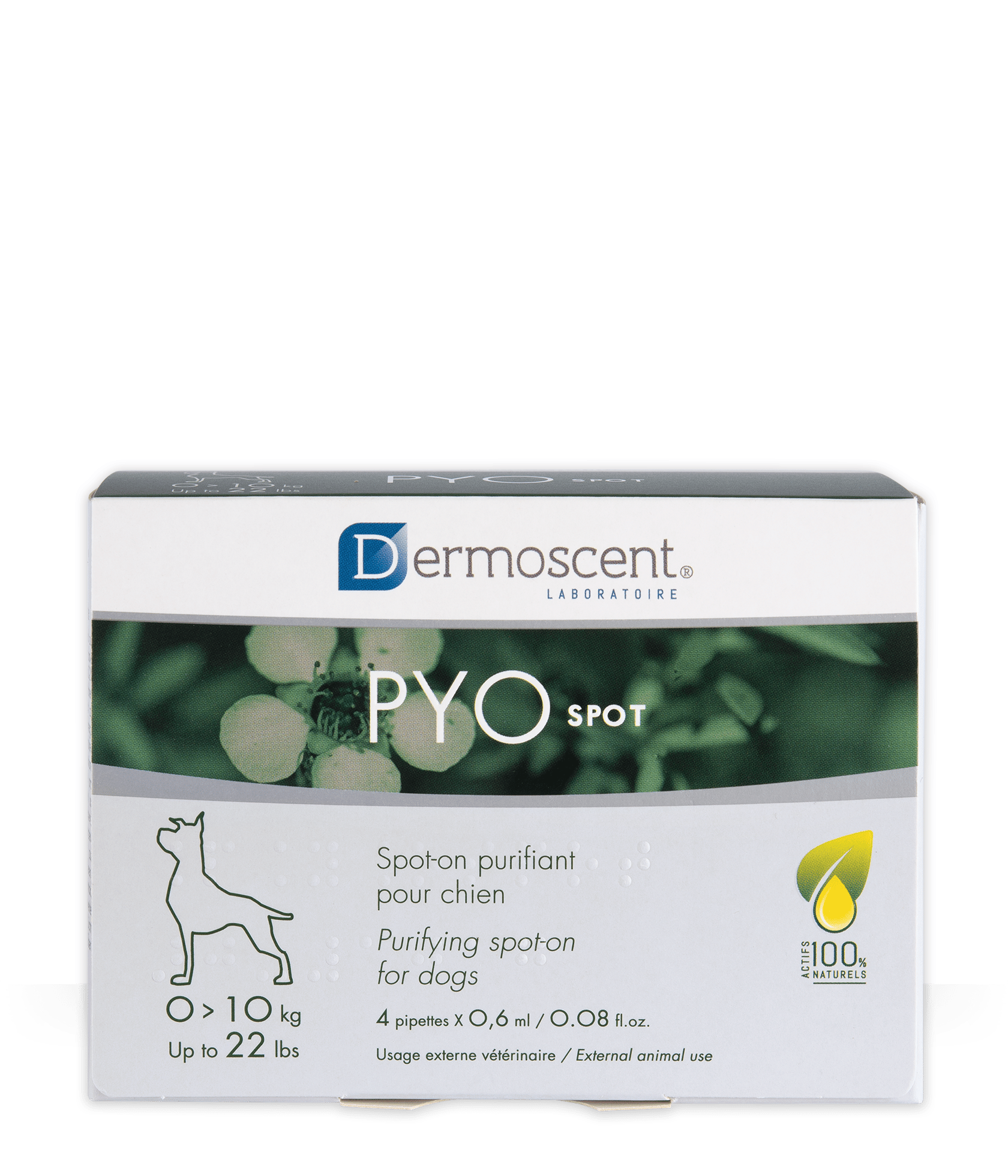How do I control and prevent skin infections in my pet?
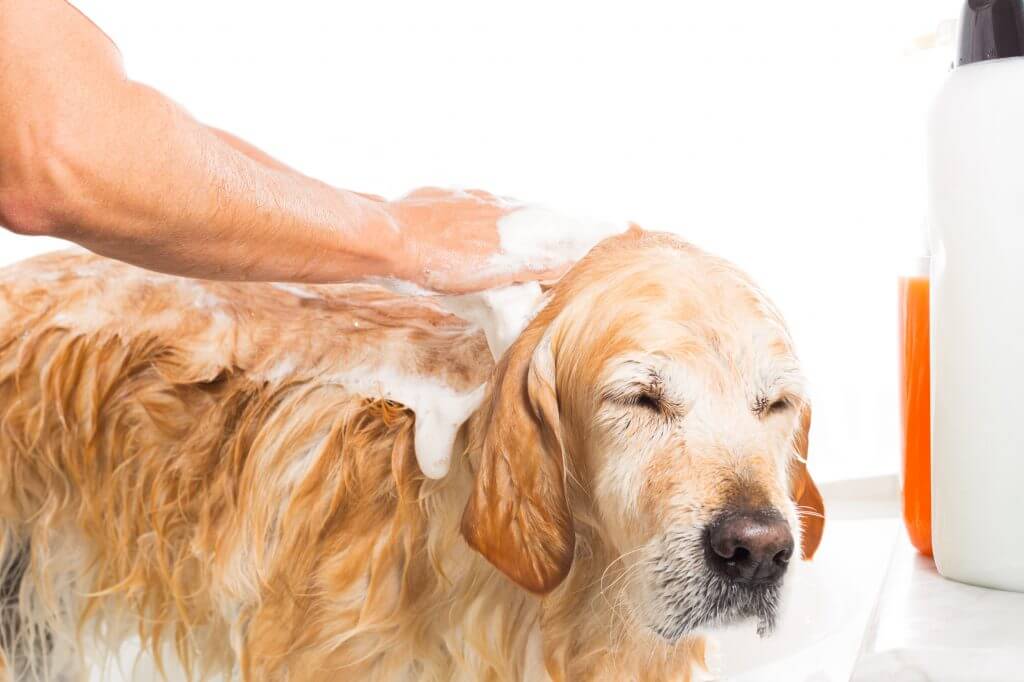
Skin infections (pyoderma and Malassezia dermatitis) represent an important part of the skin diseases of our furry friends.
The skin flora: a delicate balance
Dogs and cats normally harbor organisms such as bacteria and microscopic fungi on their coat and on their skin, these are often described as the skin flora, which varies with the individual and the region of the body.
In some circumstances as a result of fleas, allergies, poor care conditions, etc., the delicate balance of the skin flora is upset: the organisms multiply abnormally and cause an infection.
Highly different clinical presentations
 Skin infection can affect different layers of the skin:
Skin infection can affect different layers of the skin:
- Superficial infections affect the epidermis and/or the base of hair follicles: discharging areas of spots (pustules), redness, itching, unpleasant odor if maceration is present especially in the skin folds of some dog breeds: Pug, Shar Pei, etc. As soon as the initial signs appear, it is important to react quickly, in order to stop the infection spreading.
- Deep skin infections (can affect the entire thickness of the skin) are more serious, last longer and are more difficult to treat: a purulent foul-smelling exudate, and sometimes death of the skin tissue in the affected area. In the most serious cases, the general condition of your animal is altered, with fever, weakness and loss of appetite.
What is the strategy for combating and preventing skin infections?
It involves several components:
- Initially, your veterinarian may prescribe a local treatment (shampoo, wipes, lotion, spray, skin cleanser, ointment, etc.), in order to reduce the quantity of bacteria or microscopic fungi, and soothe itching. This treatment may be applied frequently at the outset and then at longer intervals, preferably to shaved skin.
- In the event of a deep skin infection (and sometimes superficial infection), oral/injectable antibiotics and/or specific treatment for yeast/fungal infections. The recommended dosage regimen should be followed fully over a long period. Perseverance is the key to success!
- Initiation of an appropriate long-term treatment if the predisposing cause of the infection (allergy, parasites, etc.) has been identified, to reduce the risk of recurrence.
- Finally, regular long-term use of cleansing, moisturizing and emollient products > reduction of the overall treatment period, strengthening of the animal’s local defenses and prevention of recurrence.
Dr. Isabelle Mennecier, veterinarian

